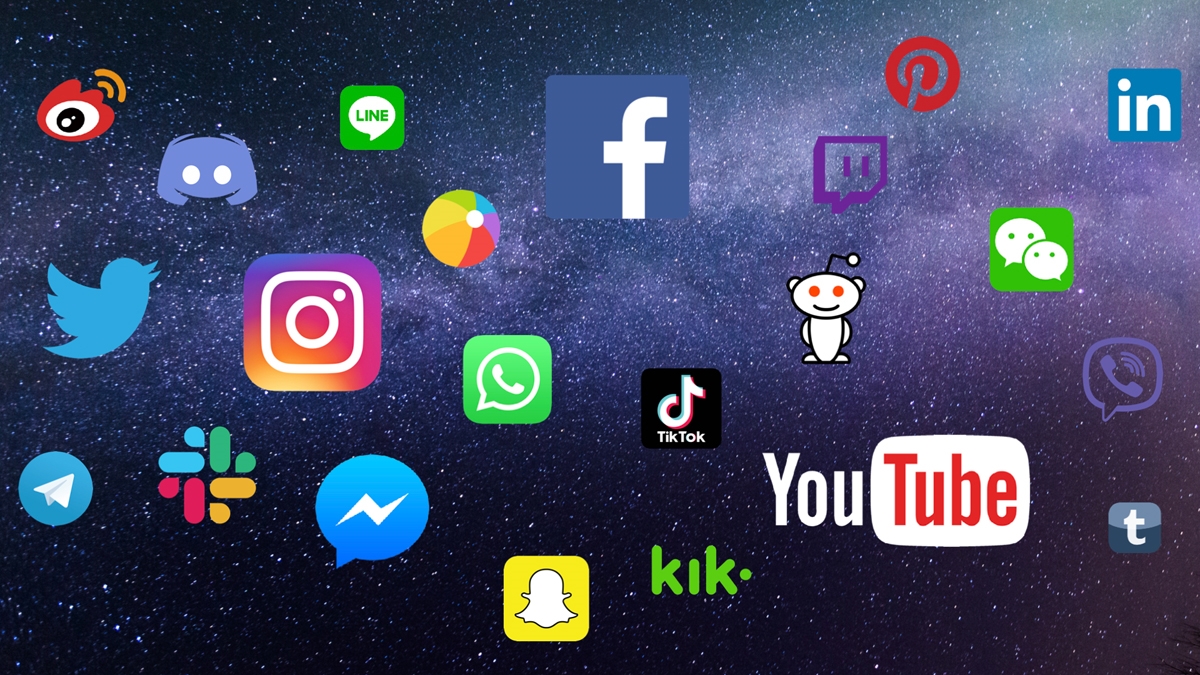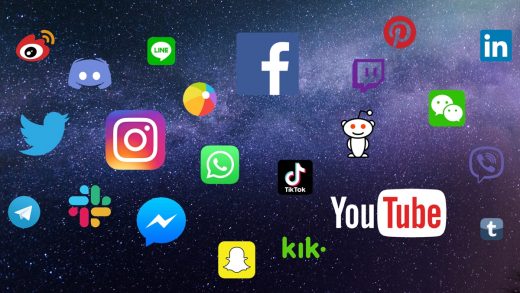65% Of Consumers Say Digital Engagement Falls Short Of Expectations
65% Of Consumers Say Digital Engagement Falls Short Of Expectations
Digital has been the lifeline for many companies this year during the COVID-19 pandemic, but consumer frustration arising from flaws in brand strategies that surfaced early in the year has prompted many consumers to abandon brands.

Problems that cause a separation between consumers and brands range from consumers’ inability to interact with a live person to non-personalized content or out-of-context messages. Then there is the sheer joy of consumers having to repeat themselves in more than one channel because information about them in the company’s database still lives in silos.
Data silos are increasingly frustrating for consumers. Some 87% participating in a study from the Chief Marketing Officer (CMO) Council found it frustrating when engaging in multiple channels and having to repeat themselves each time.
The CMO Council report — How COVID Has Changed The Channels Of Engagement — produced in partnership with Precisely, analyzes interactive and personalized video, the influential role of traditional channels, problems that cause consumer frustration and brand abandonment, and how different generations prefer to engage with brands.
The survey of more than 2,000 consumers conducted in October analyzes Generation Z, Millennial, Generation X, Baby Boomer, and Silent Generation in the United States, the United Kingdom, Canada, Ireland, Australia, and New Zealand.
Digital is failing to meet expectations, especially during the pandemic.
The top five channels of engagement run the gamut. Some 91% cite email as the top channel, followed by websites at 62%, telephone at 59%, and 49% in person and 43% on text.
Email and the telephone are top channels at 55% and 55%, respectively, that consumers can’t live without. In-person communication follows with 35%, text at 31%, and websites at 24%.
Top findings also include:
- 65% of consumers say digital engagement with brands during the global pandemic is not exceeding expectations.
- 21% chose digital-only when asked to identify their ideal communication preferences, up from 10% last year.
- 50% cite the ability to escalate to a live person when needed is the most important trait when engaging with a brand, followed by personalized communication based on previous interactions at 44%, and the ability to digitally self-serve to get to answers quickly at 30%.
Email is increasing in use because much of the communication is performance-based. More than 90% of consumers said they expect brands to communicate with them over email, mostly because it’s convenient, traceable, reliable and fast.
More than 90% of online adults use email, the majority on a daily basis. Last year, there were over 3.9 billion email users worldwide sending and receiving 293.6 billion emails each day, according to Statista.
But the ubiquity also is part of the problem. Consumers’ inboxes are flooded with non-relevant marketing messages resulting in low open rates, making it more important to personalize the message.
Brands can learn a lot about customers through personal data. The problem is getting people to share it. The study shows a difference of 10 points or more between the older generations — the Silent Generation and Boomers — and the younger generations — Gen X, Millennials and Gen Z — on their willingness to share personal data.
In the survey, 23% of Silent Generation respondents and 26% of Boomers said they would not share their preferences and data under any circumstance.
This percentage drops off considerably among Gen Xers at 14%, Millennials at 10%, and Gen Z at 14%. For younger generations willing to share data, they want a return for their investment in the brand.
Why are people willing to share data? Some 25% said to receive personalized experiences and offers that are relevant. About 22% said they’re willing to share it to receive a higher level of service, and 15% cited faster service. That said, 20% would not share their data under any circumstance.
(23)


